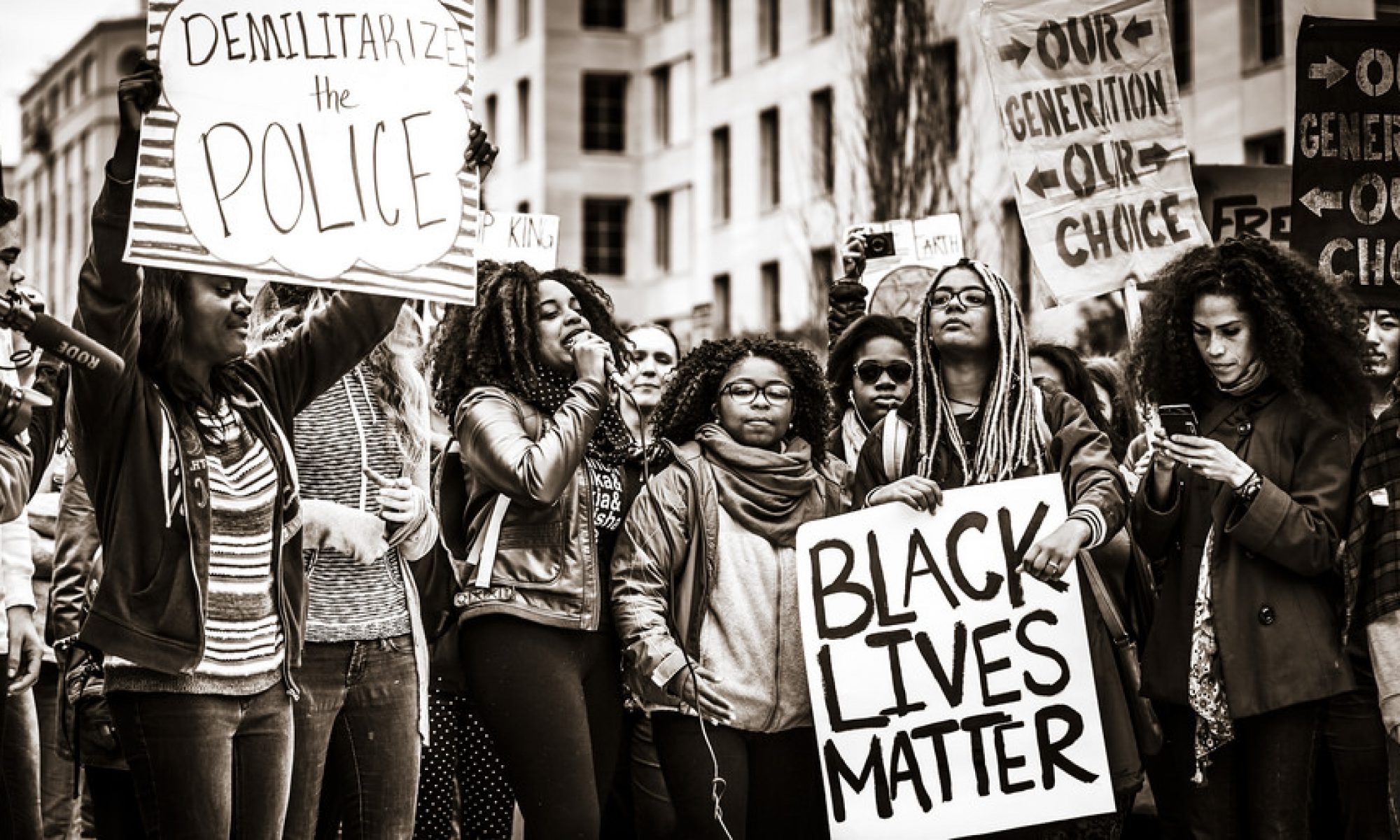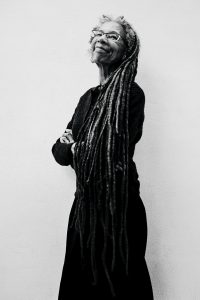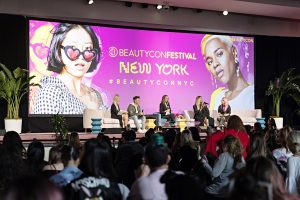Workshop III
Brian Lief “Equal Pay for Women: Venus Williams, Serena Williams, and Other Female Athletes Fight for Equal Pay”
I am focusing on the efforts by female African American athletes to fight for pay equality in athletics. I am focusing specifically on Venus and Serena Williams, as well as a few other athletes that have been active in this movement. Venus and Serena Williams have spent much of their tennis careers speaking out about pay inequality in their sport, and other sports as well. Their success in tennis and their fame have helped contribute to this message being spread throughout the media. Their efforts have included Venus Williams protesting the pay disparity between the men’s and women’s prize money for the tennis tournament Wimbledon. Serena Williams has contributed to the effort by writing opinion pieces in magazines. I will also look at how inequality between genders in athletics and contributed to pay inequality. While Venus and Serena Williams have been very active in this movement, there are other female African American athletes that have also been involved. I will cover some of these athletes as well, while mostly focusing on Venus and Serena Williams. I will look at journals, newspaper articles, and interviews to research this.
Dani Montgomery, “Black Lives Matter and the Influence, Impact, and Visibility of Black Women”
This historiographical essay examines the involvement of women in the Black Lives Matter Movement. The movement was created by black women (Alicia Garza, Patrisse Collors, and Opal Tometi) and the goal of the essay is to properly convey their impact and experiences in relation to the movement itself. Secondary sources such as From Black Lives Matter to Black LiberationandMaking All Black Lives Matterwill be compared and contrasted in order to highlight how Black Lives Matter potentially disregards, harms, or empowers and uplifts black women. The movement has changed since its official founding in 2013 and the essay will serve as a foundation for how different works and authors present these changes, finding the correlation between these structural changes and black women and their constant struggle. News coverage will also be presented in addition to the works from major authors, specifically the coverage of violence that impacts black communities. This is important when analyzing Black Lives Matter because that is the exact reason the movement was created in the first place.
Camryn Pollard, “Marissa Alexander: Good or Bad from the eye of the public”
Marissa Alexander is being prosecuted for shooting a warning shot at her husband after he threathened to put his hands on her. Now, when I write this paper, I’m going to talk about Marisaa Alexander’s case and the movements that back her up while going through this trial. I would also include how she used the stand your ground rule and how it affected her in the courtroom. Marissa Alexander was sentenced to 20 years in prison back in 2012 but was recently released in 2017. Overall, she didn’t deserve to get any type of sentence but taking into consideration that she’s a black woman, it made things appear to be much worse.
Tori Smith” Ida. B Wells Roll in the Black Freedom Struggle Movement Combating Gender and White Supremacy”
Thesis: Ida B Wells contribution to society post slavery was one that was defiantly against the oppression and brutality black people faced. Wells focused on absolute advancement of black people and women, not just economically, but politically and socially as well. Being a self-made black woman, Ida B. Wells took agency in her position in society to better herself and her community by publishing numerous works reflecting her activism. My study will be dedicated to evaluating her activism while battling the intersectionality of being a black woman in America.



